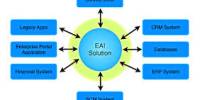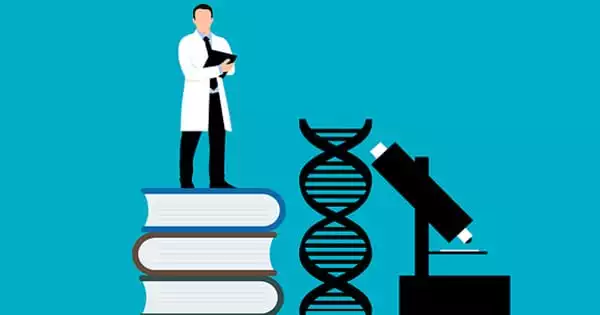The exploration of materials by scientists is advanced by artificial intelligence. A machine-learning (ML) model was trained by researchers from Texas A&M University and Ames Laboratory to evaluate the stability of rare-earth compounds.
The Laboratory Directed Research and Development Program (LDRD) at Ames Laboratory provided funding for this work. The framework they created builds on the most cutting-edge techniques now available for working with chemicals and comprehending chemical instability.
Since the middle of the 20th century, Ames Lab has been a pioneer in the study of rare earths. Permanent magnets, energy storage, and clean energy technology are just a few applications for rare earth elements. New rare-earth compound discoveries are a part of a bigger scientific endeavor to increase access to these minerals.
The current strategy is based on machine learning (ML), a type of artificial intelligence (AI) in which computer algorithms get better with use and exposure to data.
The updated Ames Laboratory Rare Earth database (RIC 2.0) and high-throughput density-functional theory (DFT) were used by researchers to lay the groundwork for their machine learning (ML) model. A computational method called high-throughput screening enables a researcher to swiftly evaluate hundreds of models.
DFT is a quantum mechanical technique used to examine the electrical and thermodynamic characteristics of many-body systems. Regression learning is used by the constructed ML model to evaluate the phase stability of substances based on this collection of data.
Machine learning is really important here because when we are talking about new compositions, ordered materials are all very well known to everyone in the rare earth community. However, when you add disorder to known materials, it’s very different. The number of compositions becomes significantly larger, often thousands or millions, and you cannot investigate all the possible combinations using theory or experiments.
Prashant Singh
A PhD student at Iowa State University named Tyler Del Rose wrote algorithms to search the web for data to support the database and DFT calculations. This fundamental research was essential for the database.
Additionally, he contributed to experimentally validating the AI predictions and verifying the accuracy of the ML-based models.
“Machine learning is really important here because when we are talking about new compositions, ordered materials are all very well known to everyone in the rare earth community,” said Ames Laboratory Scientist Prashant Singh, who led the DFT plus machine learning effort with Guillermo Vazquez and Raymundo Arroyave.
“However, when you add disorder to known materials, it’s very different. The number of compositions becomes significantly larger, often thousands or millions, and you cannot investigate all the possible combinations using theory or experiments.”
The material analysis is based on a discrete feedback loop, according to Singh, in which the AI/ML model is updated using a new DFT database based on real-time structural and phase data gathered from our trials. This procedure minimizes the possibility of errors and guarantees that information is carried from one phase to the next.
The framework was created to investigate rare earth compounds because of their significance in technology, but Yaroslav Mudryk, the project manager, emphasized that its utility is not just restricted to rare earths study.
Using the same methodology, an ML model may be trained to anticipate magnetic characteristics of compounds, process controls for revolutionary manufacturing, and to improve mechanical behaviors.
“It’s not really meant to discover a particular compound,” Mudryk said. “It was, how do we design a new approach or a new tool for discovery and prediction of rare earth compounds? And that’s what we did.”
Mudryk stressed that this is just the beginning of the job. The team is still exploring the full potential of this approach, but they are confident that the framework will have many uses in the future.
















